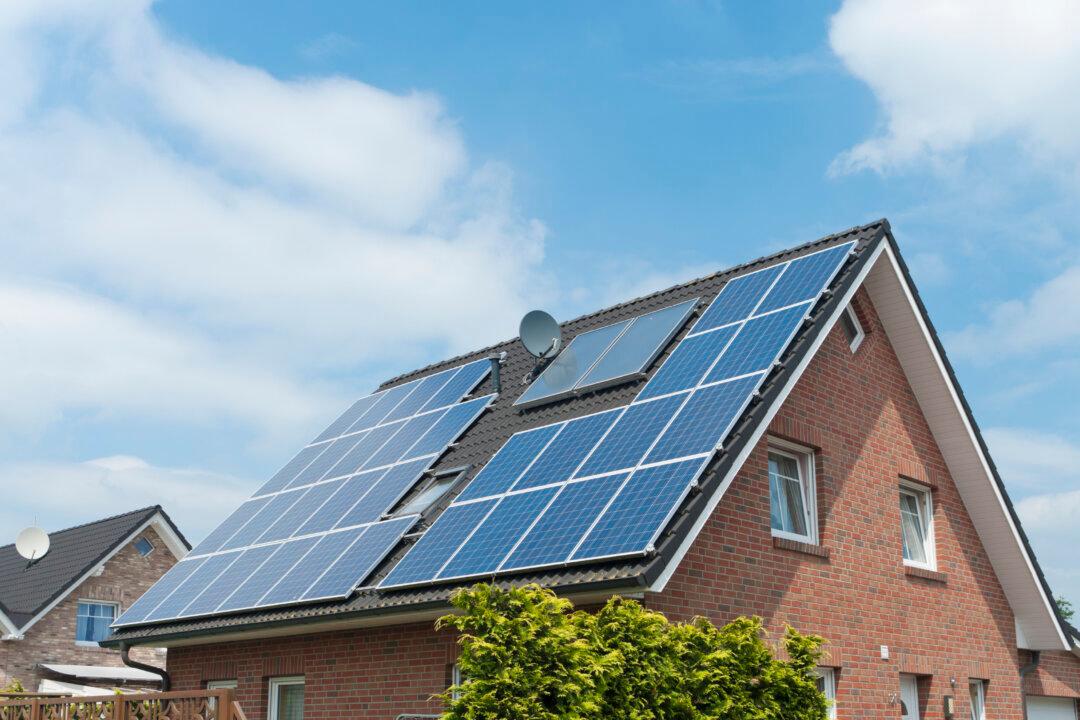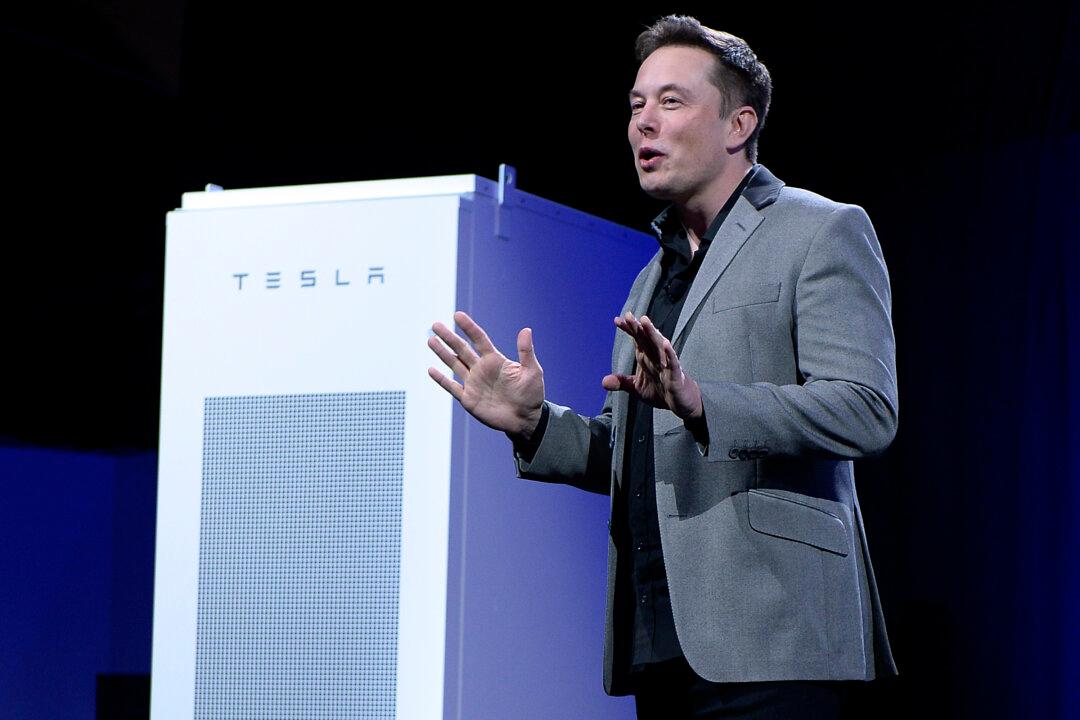By many accounts, the spread of solar power is unstoppable. Costs continue to fall at a blistering pace, solutions to give consumers a solar-powered home without needing to connect to the grid for back-up power are emerging, and even the U.S. Supreme Court has weighed in, with a recent ruling that is favorable for the solar energy market.
Seen another way, though, solar power is seeing serious threats.
Predictions from even last year were that solar energy would soon match the price of electricity from utilities – known as “grid parity” in the business. But the plummeting cost of natural gas, which has become the most used fuel to generate power, has kept electricity prices low. And after dropping precipitously for several years in a row, solar panel prices have recently leveled off, making grid parity more elusive.
Solar businesses are feeling some of this market instability. First Solar, a large manufacturer of solar panels, has seen its stock price gyrate up and down over the past several months, while the stock price for Solar City, a large installer of solar panels, has dropped nearly 50% since its high in December.
And now, electric utilities are pushing back against solar – with some success. In late 2015, the state of Nevada more than tripled a monthly fee customers need to pay on rooftop solar projects. A last-minute appeal in early January failed, and Solar City laid off hundreds of workers and saw its stock price plummet within the space of a few weeks.
The battle between the solar industry and electric utilities has the makings of a classic David versus Goliath tale, but the debate raises legitimate questions, notably: how should regulations be updated to recognize the growth of solar while still ensuring a reliable and affordable power system? And ultimately what value do distributed solar and utilities provide to society?
Solar: Friend or Foe to the Grid?
Any part of the energy business is going to be volatile at times (just ask any shell-shocked oil executive). But the situation being faced by the solar industry is different, because the industry’s success and failure depend as much on a complex web of state and federal regulations as on genuine technological progress.
Many of these regulations were designed to provide a stable environment for electric utilities, and to promote reliable electricity supplies, by keeping the utility shielded from competition. Utilities are feeling threatened by solar energy upstarts, which effectively turn customers into competitors, and are leaning on those regulations to fight back.

Nevada changed electric billing to allow utilities to triple the monthly charges for people who own solar panels – one of a few state-level battles between utilities and solar providers. brendanwood, CC BY-SA 2.0

